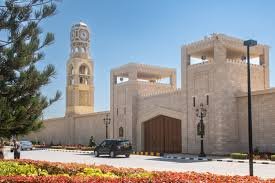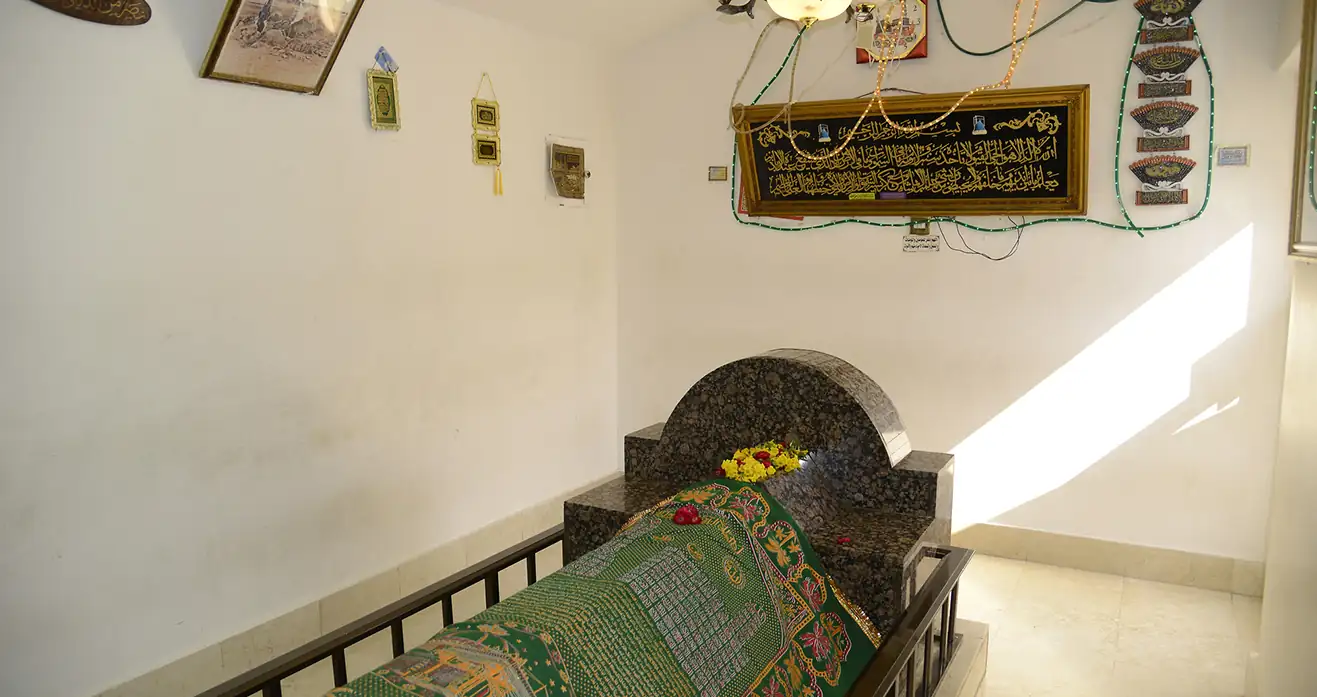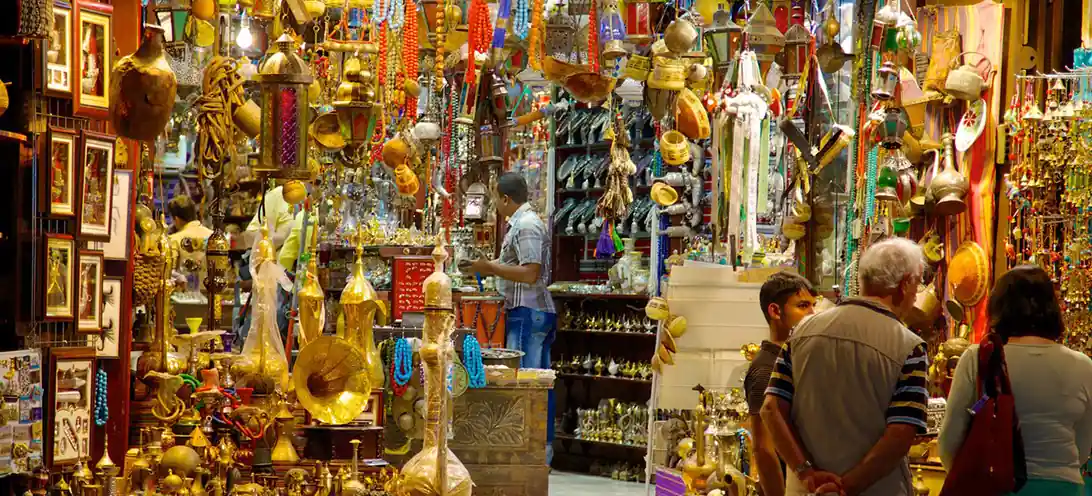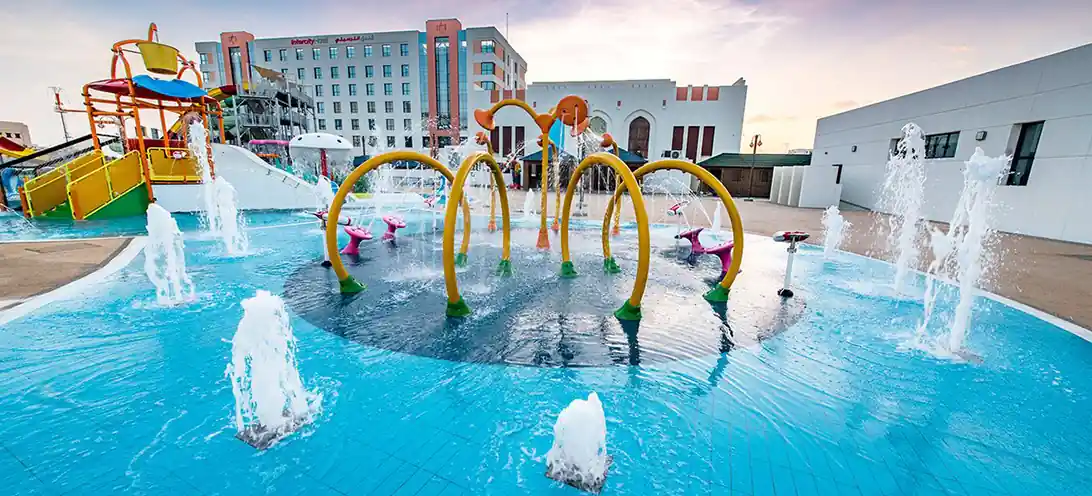Nestled in the heart of Oman’s southern region, the Sultan Palace Salalah stands as a stunning testament to the country’s rich history and architectural prowess. This majestic structure, with its blend of traditional Omani and modern design elements, has captivated visitors for years. It’s not just a building; it’s a symbol of Oman’s cultural heritage and royal legacy.
For those planning a trip to Salalah, a visit to the sultan palace is a must. This article will guide you through the palace’s historical significance, help you plan your visit, and give you a glimpse of what to expect. Whether you’re a history buff, an architecture enthusiast, or simply looking to explore Oman’s royal traditions, the Sultan Palace Salalah promises an unforgettable experience.
History and Significance of Sultan Palace Salalah
The Sultan Palace Salalah, also known as Al Hosn Palace, has a rich history deeply intertwined with Oman’s royal legacy. Built as the summer residence for Sultan Qaboos bin Said, this magnificent structure showcases the finest Omani architecture, blending traditional design with luxurious interiors. The palace’s significance extends beyond its role as a royal abode; it serves as a symbol of Oman’s cultural heritage and architectural prowess.
Situated in the heart of Salalah, the capital of Dhofar province, the Sultan Palace stands as a testament to the region’s importance. Salalah, known for its banana plantations and beautiful Arabian Sea beaches, has a unique subtropical climate that sets it apart from other parts of Oman. The palace complex, with its impressive facade and grand courtyard, reflects the city’s distinct character and historical significance.

Planning Your Visit
To make the most of your trip to Sultan Palace Salalah, it’s essential to plan ahead. The palace, also known as Al Hosn Palace, is a popular tourist attraction in the heart of Salalah. While visitors can’t enter the palace itself, the exterior and surrounding area offer plenty to see and admire.
The best time to visit Salalah is during the Khareef season, from July to September. This unique monsoon period brings cool weather and occasional light showers, transforming the landscape into lush greenery. If you prefer clearer skies, October to February is also a good time to visit, with moderate temperatures.
To get around Salalah, taxis are the most common and convenient option. Taxi drivers are familiar with the city’s attractions and can easily take you to the Sultan Palace. Fares start at 2 OMR for 3km. For a more comprehensive experience, consider booking a guided city tour that includes the palace as part of a 4-hour itinerary.
What to Expect at the Palace
When visiting Sultan Palace Salalah, also known as Al Hosn Palace, visitors are greeted by an impressive sight. The palace’s exterior showcases elegant architecture, with its highest part visible from outside. A grand main gate of brown color, adorned with two lamp posts, serves as the focal point. The National Emblem of Oman, featuring a khanjar and crossed swords in golden color on a black background, is displayed on both sides of the gate.
While the palace interior remains off-limits to the public, the surrounding area offers plenty to admire. A beautiful garden with coconut trees overlooks the main gate, providing a unique tropical touch to the landscape. The palace’s crenelated walls dominate the southern end of town, making it an unmissable landmark.
Visitors can take photos of the palace exterior, including the main gate and clock tower. If the flag is flying, it indicates the Sultan is in residence. Although access is restricted, Sultan Palace Salalah remains a significant stop on city tours, offering a glimpse into Oman’s royal heritage.

The Sultan Palace Salalah offers a captivating glimpse into Oman’s rich cultural heritage and royal legacy. Its stunning architecture, blending traditional Omani design with modern elements, stands as a testament to the country’s artistic prowess. While visitors can’t enter the palace itself, the exterior and surrounding areas provide ample opportunity to admire its grandeur and soak in the historical significance of this landmark.
For those planning a trip to Salalah, the palace is a must-see attraction that adds depth to any itinerary. The best times to visit, either during the lush Khareef season or the clearer months from October to February, offer unique experiences of the region’s climate and landscape. Take the opportunity to explore Sultan Palace with us and discover the beauty of Oman’s royal traditions. Whether you’re a history buff, architecture enthusiast, or simply looking to immerse yourself in Omani culture, the Sultan Palace Salalah promises an unforgettable experience that will leave a lasting impression.
















